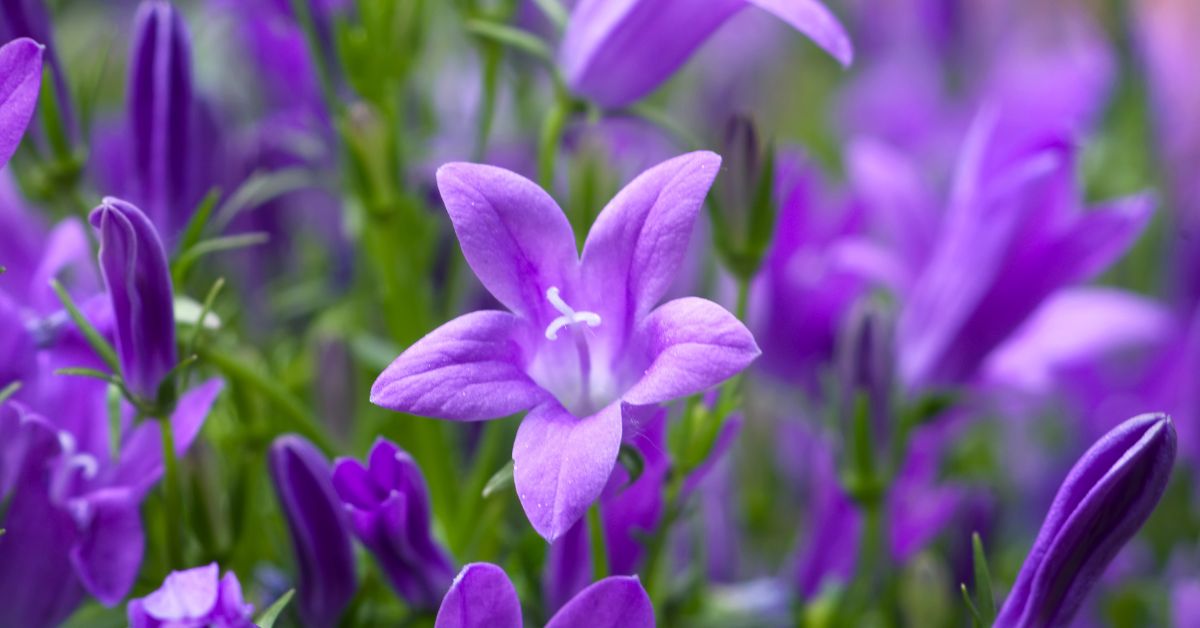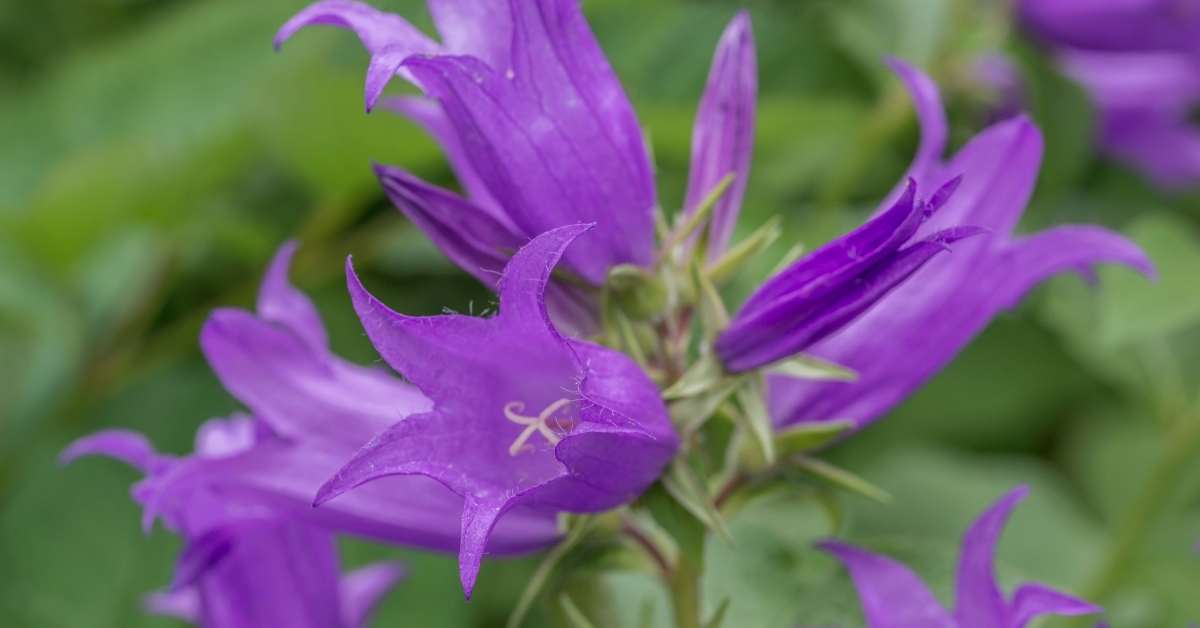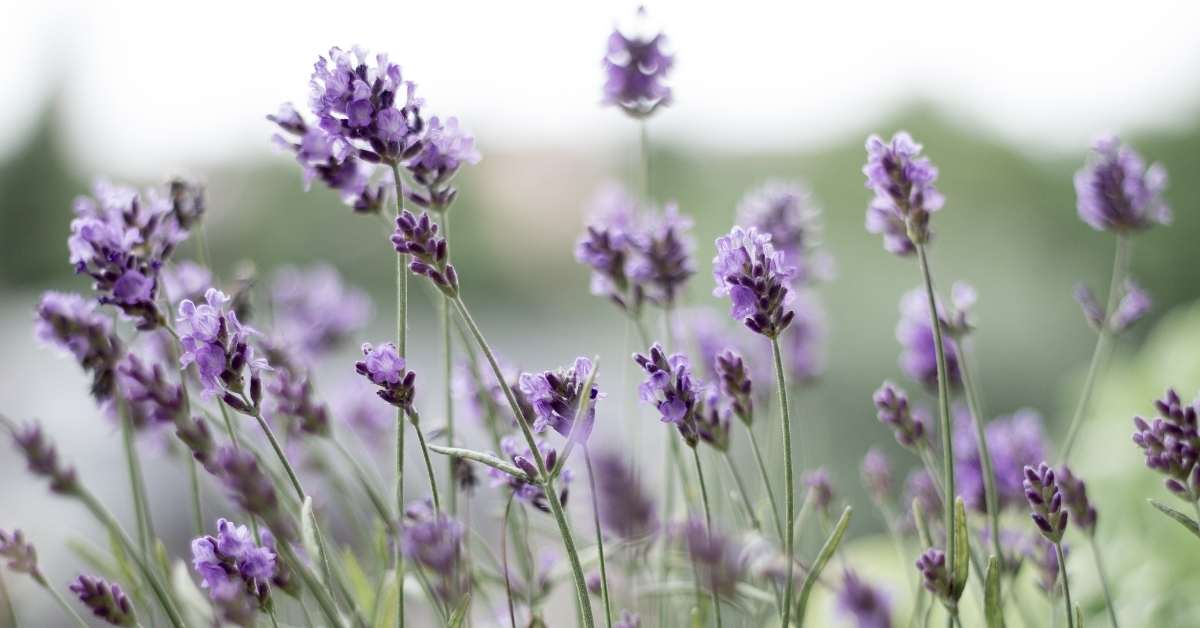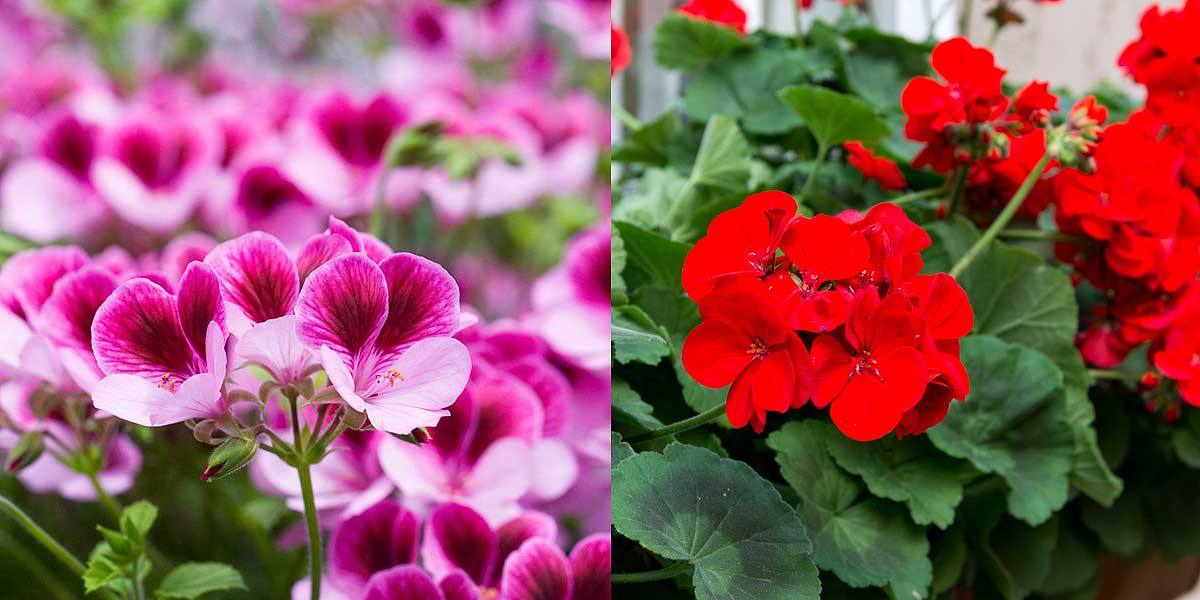The bellflowers (Campanula spp) or campanula family all come with a bit of a warning. They’re spreading plants and can be extremely invasive if they find a garden soil they like.
Having said that – as soon as you see the gorgeous blue, pink, or white flowers, you really won’t care if they spread like mad in the garden. You’ll be in love. Here we explain the complete guide for growing bellflowers in your backyard.
What exactly are bellflowers?
Campanula flowers, also known as bellflowers, are typical garden plants that produce brilliant flowers and green leaves that are used as a popular ground cover. These plants are also popularly referred to as bellflowers. There are about 300 different kinds of flowers that belong to this genus. These blooms may be annual, biennial, or perennial plants and come in a wide range of colors and forms.
Flowers on bellflowers often have an inverted, bell-like form and mostly bloom in shades of blue or purple. However, bellflowers may also have flowers that are pink or white in color. They may grow naturally, but they are also often used in rock gardens, cottage gardens, and other garden borders.
How tall does Bellflower grow?
Bellflower may reach heights of 24-36 inches when grown on soil that is rich in nutrients. They are an excellent choice for the focal point of your garden landscape or dispersion around rock gardens.
Growing Bellflower – Conditions
Full sun or part shade
Average garden soil is fine, they prefer well-drained soil, and the only time I lost them was in bog settings.
Most are hardy to USDA 4 with absolutely no problem and down into 3 with the odd loss. The biennial form is a little more tender in my garden experience.

Propagation
Not a problem. Grow it once, and you’re set for life. It sets copious quantities of seed so you can easily start them from seed (note the hybrids don’t necessarily come true from seed).
They are also spread by rhizomes so that an early spring division will see you quickly populate your garden.
Related: Growing Butterfly Bush (Buddleia) | Awesome Perennial For Your Backyard
When to Plant Bellflowers
The optimum time to plant bellflowers is either early in the spring or late in the season, as soon as it is safe to assume that the last frost has gone. There may be some variation in the USDA hardiness zone that is acceptable for the cultivar you are planting, but most plants flourish in zone 4. Although there are varieties of these plants that appreciate partial shade, they do best when grown in full sun.
How to Grow Bellflower?
Although rhizomatous root cuttings may be used to create bellflowers, starting these plants from seed is the easiest and most reliable method of propagation. To cultivate your bellflower plants from seed, follow the methods outlined in this guide.
- To begin, choose a location in your garden for each of the bellflower plants you want to grow. Find a spot in the garden that receives full light, whether planting in a container or straight into the ground.
- Prepare your soil. If you are going to plant in a container, fill the container with potting mix. When planting seeds directly in your garden, use a tiny shovel to drill holes in the soil and check the drainage to ensure there won’t be any root rot.
- Get your seedlings planted. Put the seed for the bellflower slightly under the surface of the dirt, and then softly cover it with more soil. After you have planted your seed, you should immediately water it.
- Provide your seed with water as it begins to take root. As your bellflower seedling starts to take root, you should maintain a consistent routine of watering it. As your seeds begin to germinate and your bellflowers begin to grow, it is important to ensure that the top layer of soil in your garden stays wet. If you sow your seed at the end of spring, it should begin to germinate and grow by the end of summer.
How often should I water my Campanula?
It is sufficient to water the plant twice a week on a regular basis. It is best to water the plant from below, since this will prevent the leaves and blooms from becoming moist. There is also the possibility of briefly submerging the pot. Allow for good drainage in order to prevent the soil from being too saturated with water.
Varieties
C. glomerata ‘Joan Elliott’ deep violet cluster, spreader, and clumper, 18″ tall
C. punctata ‘Cherry Bells’ bright cherry pink blooms, good cut flower, 24″ tall, aggressive spreader
C. punctata ‘Plum Wine’ light pink flowers on tall stems, leaves silvery overlay above and burgundy below. Aggressive.
C. persificolia ‘La Belle’ taller upright stems of deep blue flowers, 24″ tall,
C. trachelium ‘Bernice’ lilac-blue, fully double blooms, 24″ tall, bristly leaves
‘Sarastro’ (hybrid) grape purple, 2-inch blooms, 18″ tall and very heavy bloomer, upright growth.
Companion Plants for Bellflowers
You should plant bellflowers in a cottage garden with a Siberian iris, columbine, roses, and a lady’s mantle. Varieties with a creeping habit may be trained to grow over rock walls or planted in rock gardens with sedums and iberis.
Bellflower regional care tips
Some plant kinds need to be divided in the spring once every two to three years to retain their flowering power and prevent them from spreading. To lengthen the bloom duration of tall cultivars, remove spent blooms by deadheading them.
After the flowers have faded, you may occasionally encourage new growth and reblooming by cutting the long flower stalks down by one-third. This will happen later in the summer and early in the autumn. Keep an eye out for aphids on the leaves and slugs and snails devouring the foliage.
Aphids may be managed by spraying insecticidal soap, whereas slugs and snails can be managed by using bait made of iron phosphate, beer traps, or by erecting a copper barrier around raised beds. In the autumn, prune the plants and remove dead or diseased foliage to reduce the risk of a disease overwintering near the plants.
FAQ – Bellflowers
Is bellflower annual or perennial?
Campanula, often known as bellflower plants, are joyful perennial blooms known for their happy-looking heads that bob. The plant is native to many areas with chilly evenings and generally moderate temperatures, which together provide the optimum circumstances for the growth of bellflowers.
How do you start bellflower seeds?
When growing bellflowers outside, wait until the earth has started to warm up in the spring before sowing the seeds. When beginning seeds inside, you should do so three to four weeks before the last frost in your region. Plant the seeds early in the season and cover them with a thin layer of dirt about 1/8 inch thick. Plant seeds and seedlings at a distance of 12 to 18 inches apart.
Do bellflowers bloom all summer?
Campanula, also known as bellflower, is a simple flower to cultivate and produces blooms from the beginning of summer to the end of the season.
Can you divide bellflowers?
The process of dividing bellflower plants is not too complicated. To guarantee that you acquire the majority of the bellflower roots, dig all the way around the exterior of the cluster of bellflowers, going at least seven inches deep. After you have removed the plant from the hole, separate the cluster of plants with a garden knife or a spade.
How long does it take for bellflower seeds to germinate?
After going through the stratification process, bellflower seeds must be exposed to water and light to germinate. Place the tray with the seed-starting mix in a warm room with plenty of light and scatter the small seeds over the surface of the mixture. When sown in soil with temperatures between 68 and 71 degrees Fahrenheit, the seeds will germinate in two to six weeks.
When should I start Campanula seeds?
Sow campanula seeds inside 8-10 weeks before the outdoor planting date in spring using a seed starting kit. Simply sprinkle a thin layer of the seed-starting mixture over the seeds. Maintain a temperature of 65–70 degrees Fahrenheit and wet soil. Seedlings emerge after 20-30 days.
Why is my Campanula plant dying?
If the plant you have is a campanula, then it is a perennial and would not grow well as an indoor plant. Perennials tend to be more difficult to care for. It would thrive in your garden’s fresh air and sunshine if you planted it there. It is stressed if it is under pressure and exhibiting indications of fading and drying. It’s possible that it wasn’t exposed to adequate water and sunshine.


